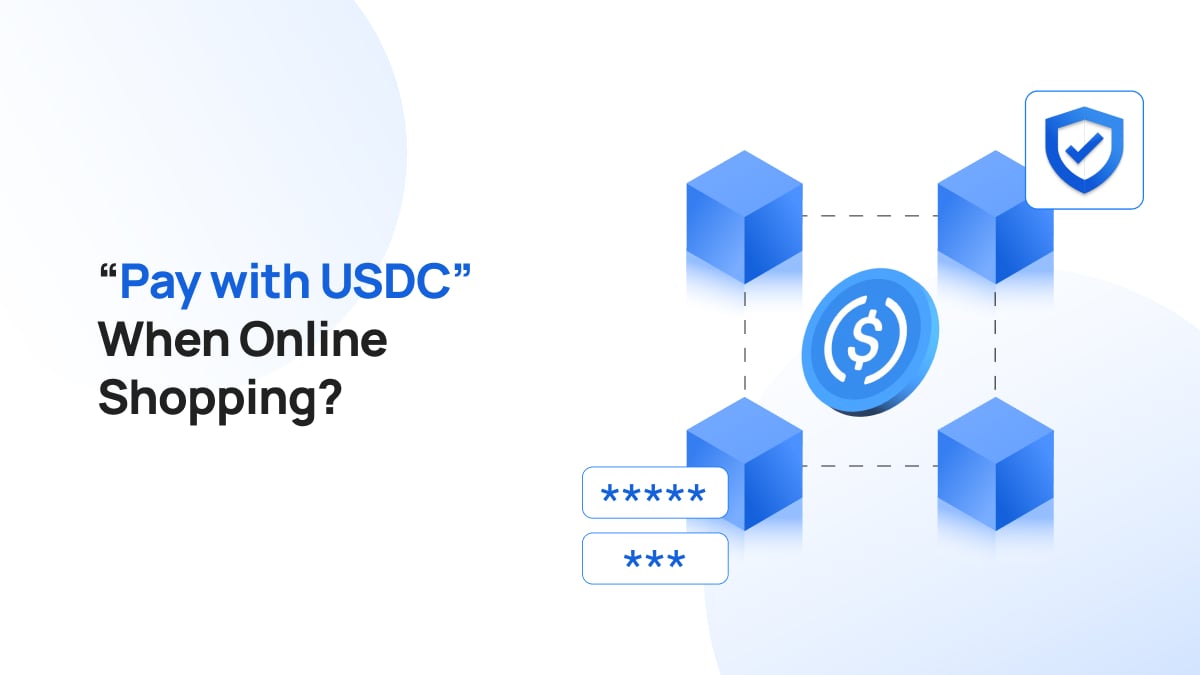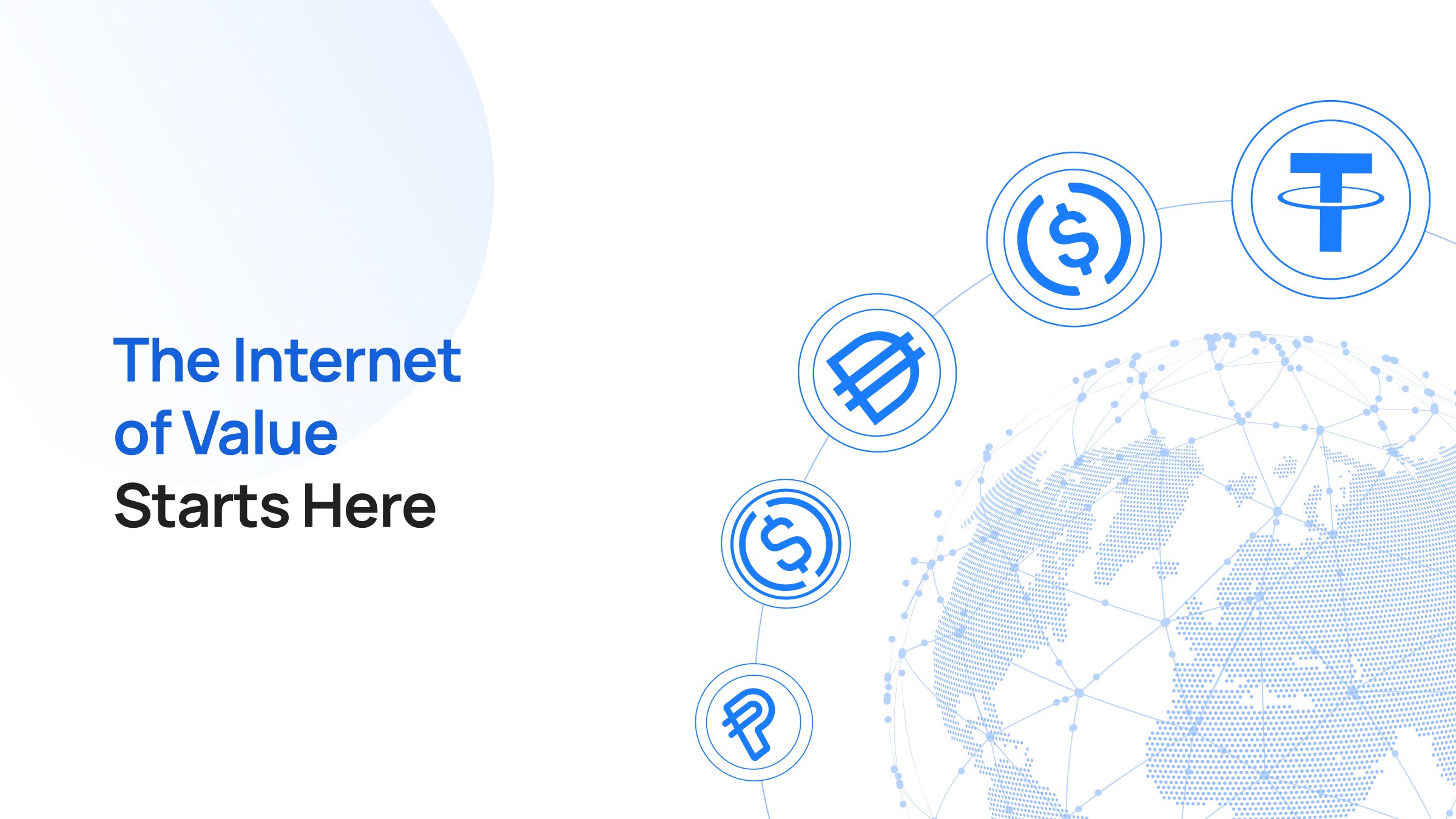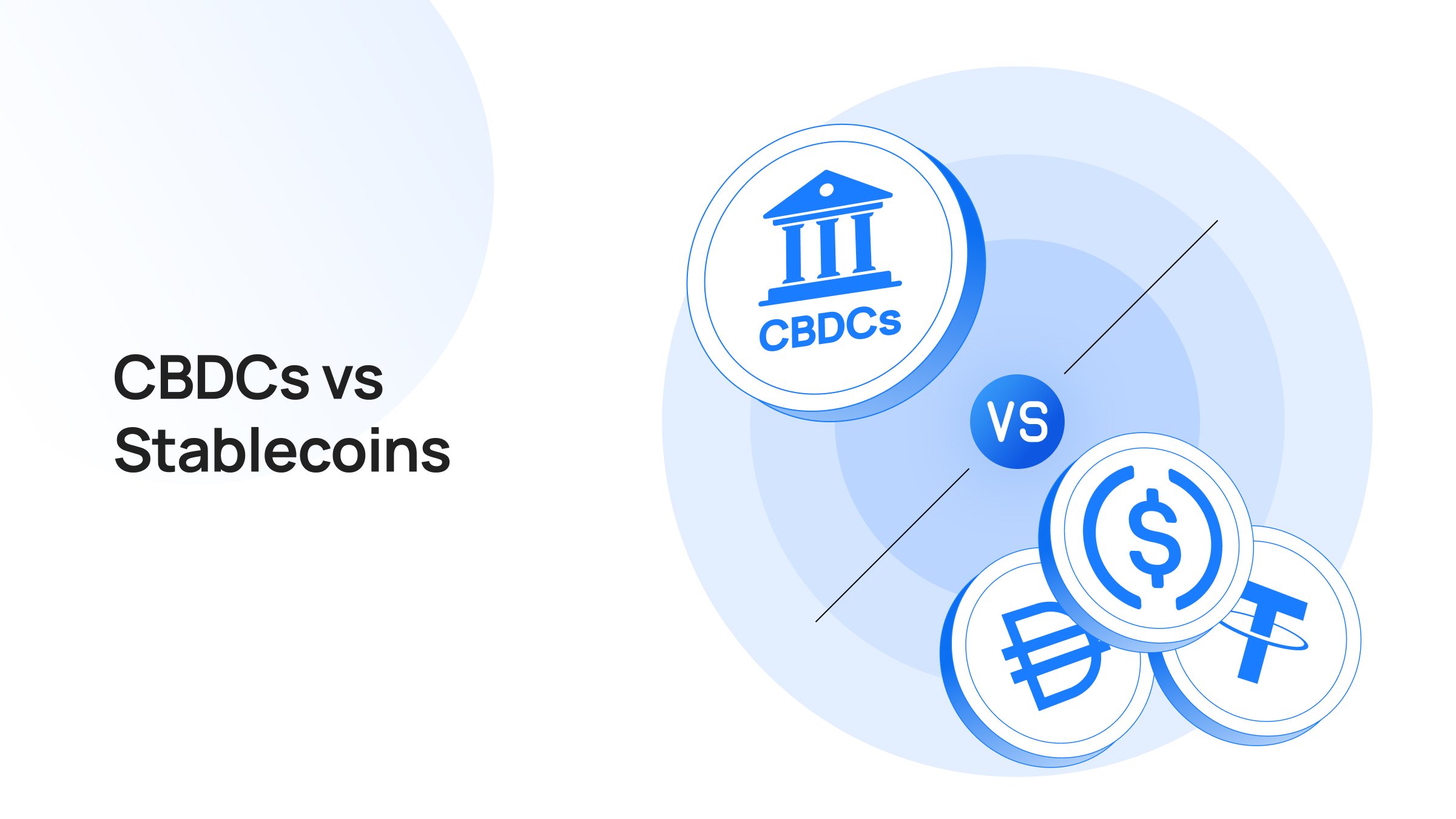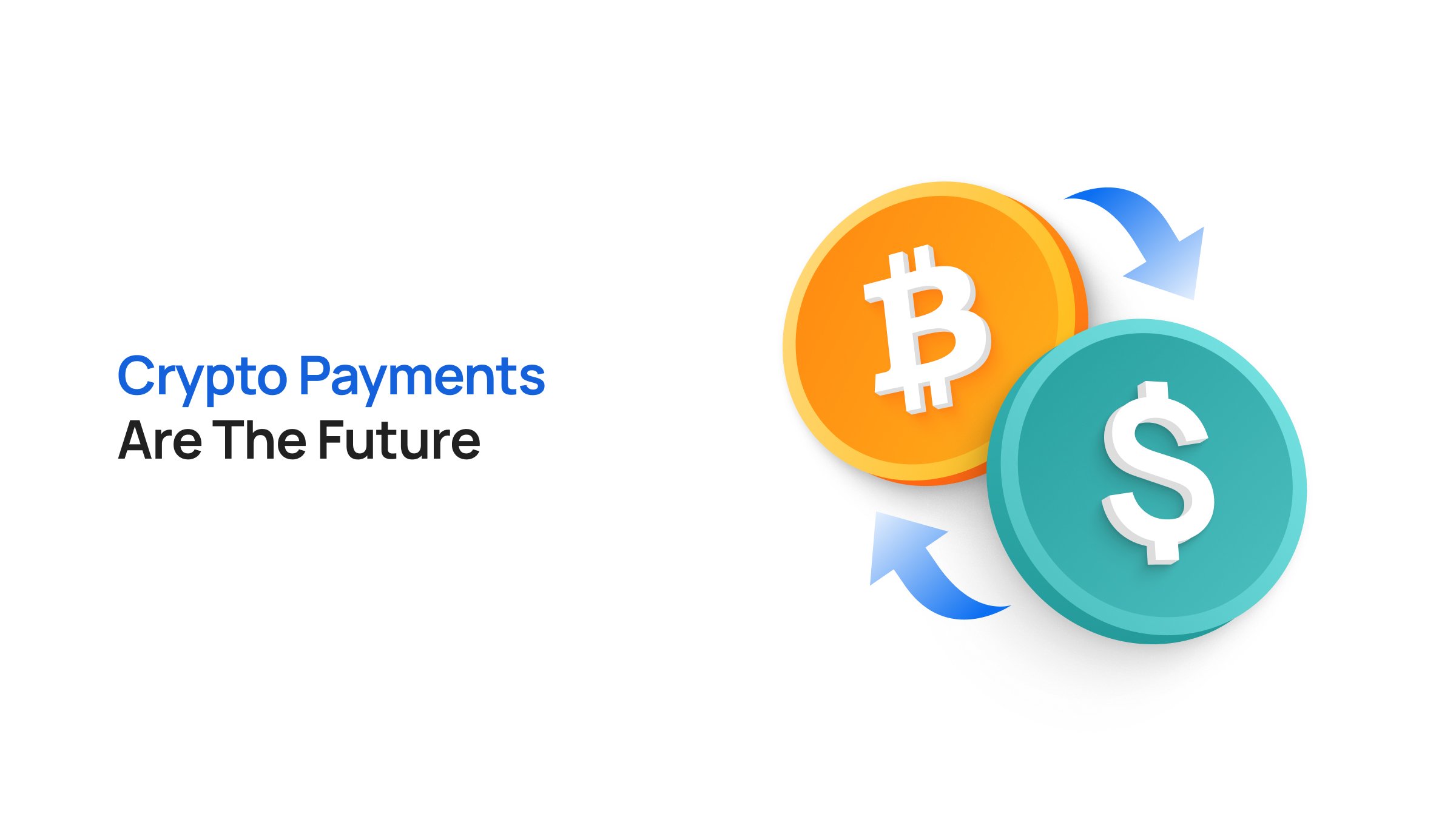Just as "Buy Now, Pay Later" (BNPL) transformed online checkout into a frictionless credit experience, "Pay with USDC" and other stablecoin payment options will become a default feature across e-commerce, gaming, fintech, and mobile apps.
Embedded stablecoin payments represent the next step in digital financial integration.
The Rise of Embedded Payments
Embedded finance has redefined how users engage with money. From lending to insurance, financial services are increasingly built into non-financial platforms.
Payments, the most ubiquitous of these services, are now being enhanced by the programmability and borderless nature of stablecoins.
Instead of redirecting users to crypto exchanges or requiring blockchain literacy, embedded stablecoin payments allow businesses to offer seamless, intuitive checkout flows that feel like traditional payments but run on radically more efficient rails.
Why Stablecoins Are a Natural Fit
Stablecoins, such as USDC and USDT, are pegged to the value of fiat currencies, most often the U.S. dollar. This gives them the benefits of cryptocurrencies (24/7 availability, low fees, global accessibility) without the volatility associated with assets like Bitcoin or Ethereum.
For merchants, this means instant settlement, reduced payment processing costs, and access to a broader user base, including the underbanked or those in high-inflation markets.
For consumers, stablecoins enable global purchasing power, cross-border consistency, and protection from currency fluctuations.
How Embedded Stablecoin Payments Work
With API-first payment providers like Transak, integrating stablecoin payments into an app or website has become remarkably straightforward. Next, using Wallet SDKs and modular APIs, businesses can embed a "Pay with USDC" button alongside traditional payment methods.
Behind the scenes, the infrastructure handles:
- Fiat-to-stablecoin conversion
- On-chain transaction execution
- Wallet provisioning and balance display
- KYC and compliance requirements
- Off-ramp or settlement in fiat if needed
This stack abstracts away the blockchain complexity, allowing developers to offer crypto-native features using web2-native logic.
For example, a digital marketplace can enable users to pay in stablecoins without managing private keys or navigating DeFi platforms.
Use Cases of Embedded Stablecoin Payments
Here are a few impactful use cases of embedded stablecoin payments:
- E-Commerce: Merchants can accept USDC for international orders, reducing credit card fees and avoiding currency conversion delays.
- Gaming and Digital Assets: Game developers can monetize virtual goods or reward players with stablecoins, unlocking real-world value in in-game economies.
- Fintech and Neobanks: Apps can offer stablecoin payment rails for bill pay, peer-to-peer transfers, and merchant payments, especially in regions with currency instability.
- Gig Economy and Payout Platforms: Contractors and freelancers can receive instant payments in stablecoins, with embedded off-ramp options to local currencies.
Consumer Experience and Trust
A key to mainstream adoption is user experience.
With embedded stablecoin payments, the consumer journey is nearly indistinguishable from paying with a card or e-wallet. Users select a stablecoin payment option, confirm the amount, and authorize the transaction (often via a linked wallet or one-time authentication flow).
To build trust, businesses can rely on transparent fees, stable pricing in local currencies, and automatic fiat conversion where needed.
As stablecoin regulation matures (e.g., MiCA in Europe, U.S. legislation proposals), consumer confidence in these digital dollars will only grow.
The Strategic Advantage for Businesses
Early adopters of embedded stablecoin payments have these advantages:
- Lower transaction fees and faster settlement times
- Differentiated user experiences and rewards programs
- Global expansion without needing regional banking partnerships
- Increased retention among crypto-native and mobile-first users
Moreover, embedded payments generate data and engagement insights that can be leveraged for loyalty, lending, or embedded financial services.
Conclusion
Embedded stablecoin payments represent a convergence of digital payments and decentralized infrastructure. By using stablecoins as the underlying rails, businesses can offer a future-ready checkout experience that is fast, cost-effective, and globally inclusive.






